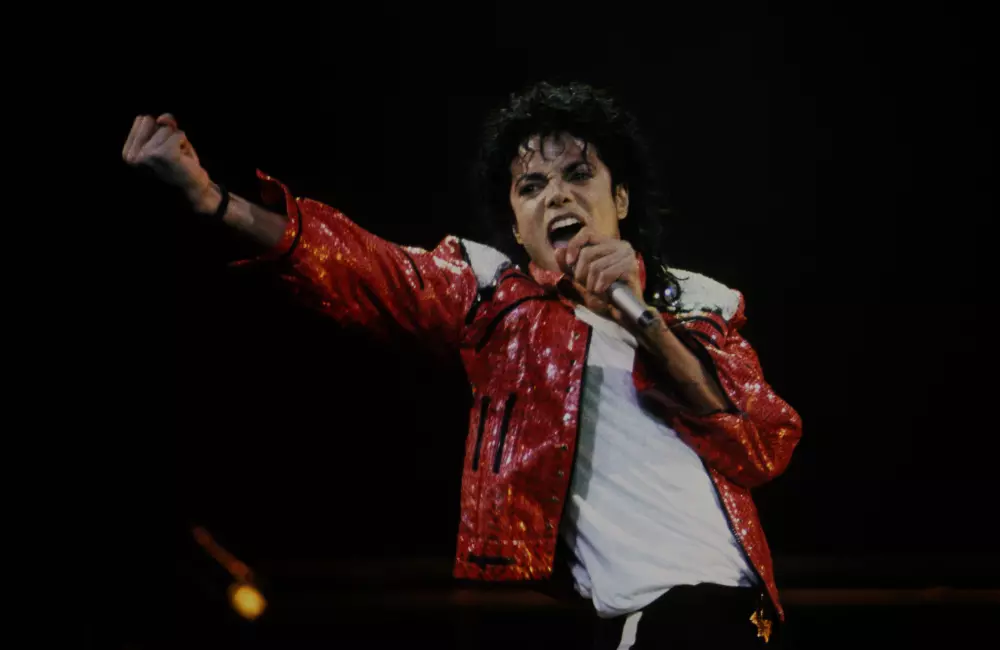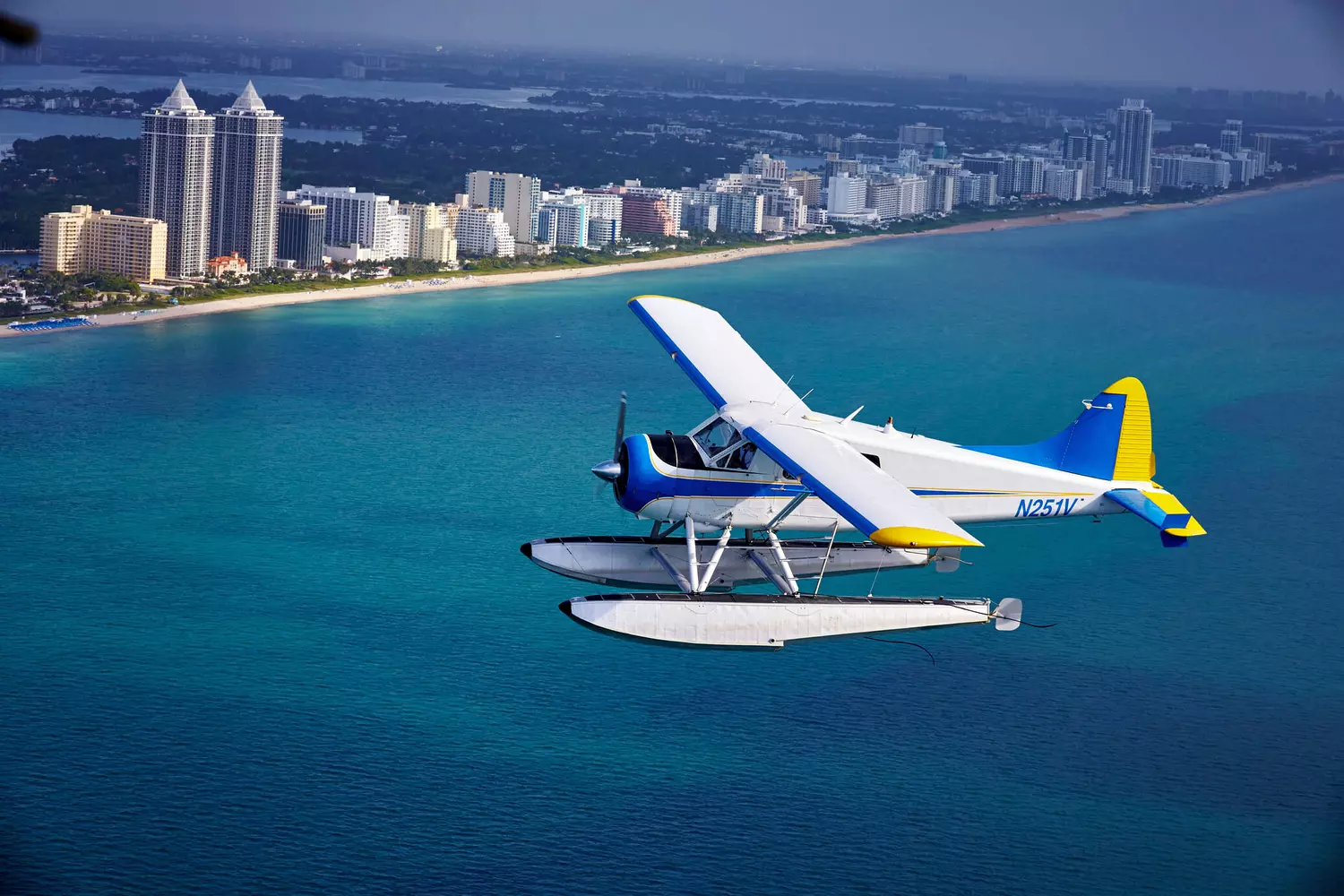Howard Robard Hughes Jr. is more than just a name in a history textbook. He represents an entire era encapsulated in one life. He was a man who didn’t just ride the wave of progress — he created that wave himself. Aviator, film producer, engineer, billionaire, business magnate, inventor, eccentric, and ultimately recluse — this list already hints at a personality that is exceptional, contradictory, and grandiose.
His name is surrounded by a halo of mystery and rumors. Some admire his contributions to aviation and cinema, others remember him as an obsessed perfectionist and a man suffering from mental disorders. But no one can dispute the fact that Howard Hughes changed the world around him — and did so on his own terms.
He wasn’t afraid to take risks: investing millions in films that seemed doomed; designing aircraft ahead of their time; challenging politicians and corporations; battling his phobias and demons in complete isolation. Hughes is, at the very least, a Shakespearean drama stretched across the entire 20th century.
Why do we still talk about him almost half a century after his death? Because Hughes’s story is not just a biography of a man. It is the biography of an era through which we can understand how inventions, money, media, and power shaped the face of a whole century.
In this article, we will follow Hughes’s entire journey together: from a brilliant teenager with a technical mind to a lonely billionaire hiding in a darkened hotel room. You will find a story not only about achievements, but also about what lay behind them — obsession, fear, passion, and perhaps the freedom he sought all his life.
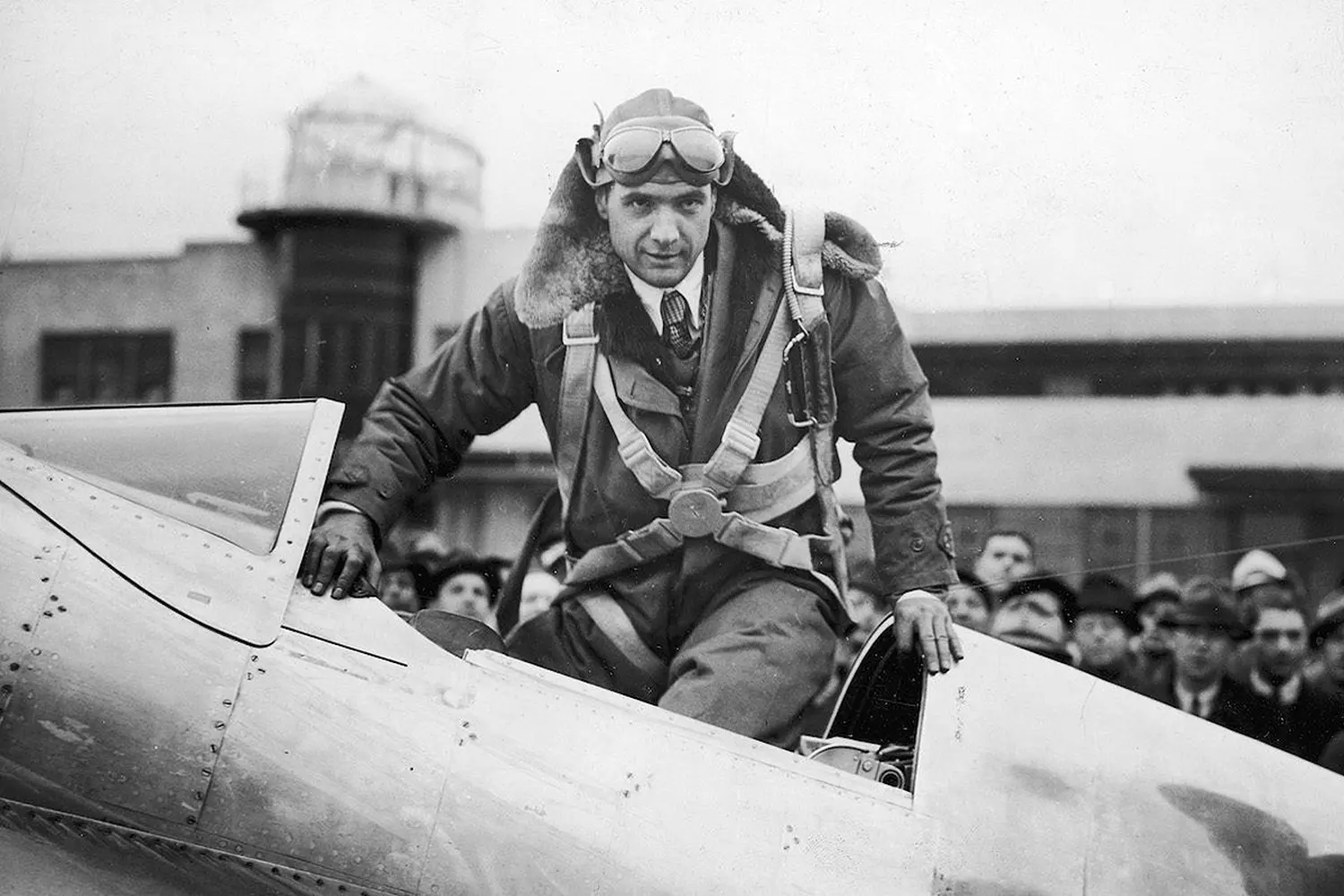
“Howard Hughes was the most powerful man in the world. He controlled not only money but also the technologies that were changing the world.” — Richard Nixon
From a boy with a wrench to a young magnate
Howard Hughes was born on Christmas Day, December 24, 1905, in Houston, Texas, into a family already marked by ambition and engineering talent. His father, Howard Hughes Sr., was an inventor and entrepreneur who founded the Hughes Tool Company, which specialized in manufacturing drill bits. These tools became a true revolution in the oil industry, bringing the family a steady and very generous income. His mother, Allene Gano Hughes, was, according to contemporaries, a demanding woman, attentive to detail, and almost obsessively concerned with her son’s health — something that may have foreshadowed Howard’s own obsessive fears in later life.
Even in childhood, Hughes didn’t just show an interest in technology — he spoke its language fluently. An introverted and focused boy, he avoided crowds and preferred to spend time in his workshop, building radios and dismantling mechanisms down to the last screw. Once, he constructed a homemade radio transmitter, which impressed local radio enthusiasts — and he was only 11. A year later, he built a motorized bicycle with a self-starter that could reach speeds terrifying the neighbors.
Fun fact: in a school questionnaire asking, “What do you want to be when you grow up?” Hughes wrote: “I want to build the fastest airplane in the world and make the most expensive movie in history.” That wasn’t childish bluffing — he ended up doing both.
In his youth, Hughes studied at the California Institute of Technology and later at Rice University, but academic life couldn’t keep him confined to the classroom. His mind was already far beyond the campus gates. When his father died in 1924 and his mother followed two years later, 19-year-old Howard inherited a significant fortune and gained control of the Hughes Tool Company.
Unlike many children of wealth in his era, he didn’t squander his inheritance on idle pleasures — quite the opposite. He saw it as a chance to realize his bold dreams. Even then, he understood that money wasn’t the goal — it was fuel for ideas. And he had plenty of those. He left Texas for California — not to lounge on the beach, but to conquer two skies at once: film and aviation.
This marked the beginning of the journey of one of the most mysterious and influential figures of the 20th century. In his early twenties, he was no longer just an heir — he was a pioneer building his own empire. He didn’t yet know how high the price for that obsession would be — but it was that very obsession that would make his name immortal.
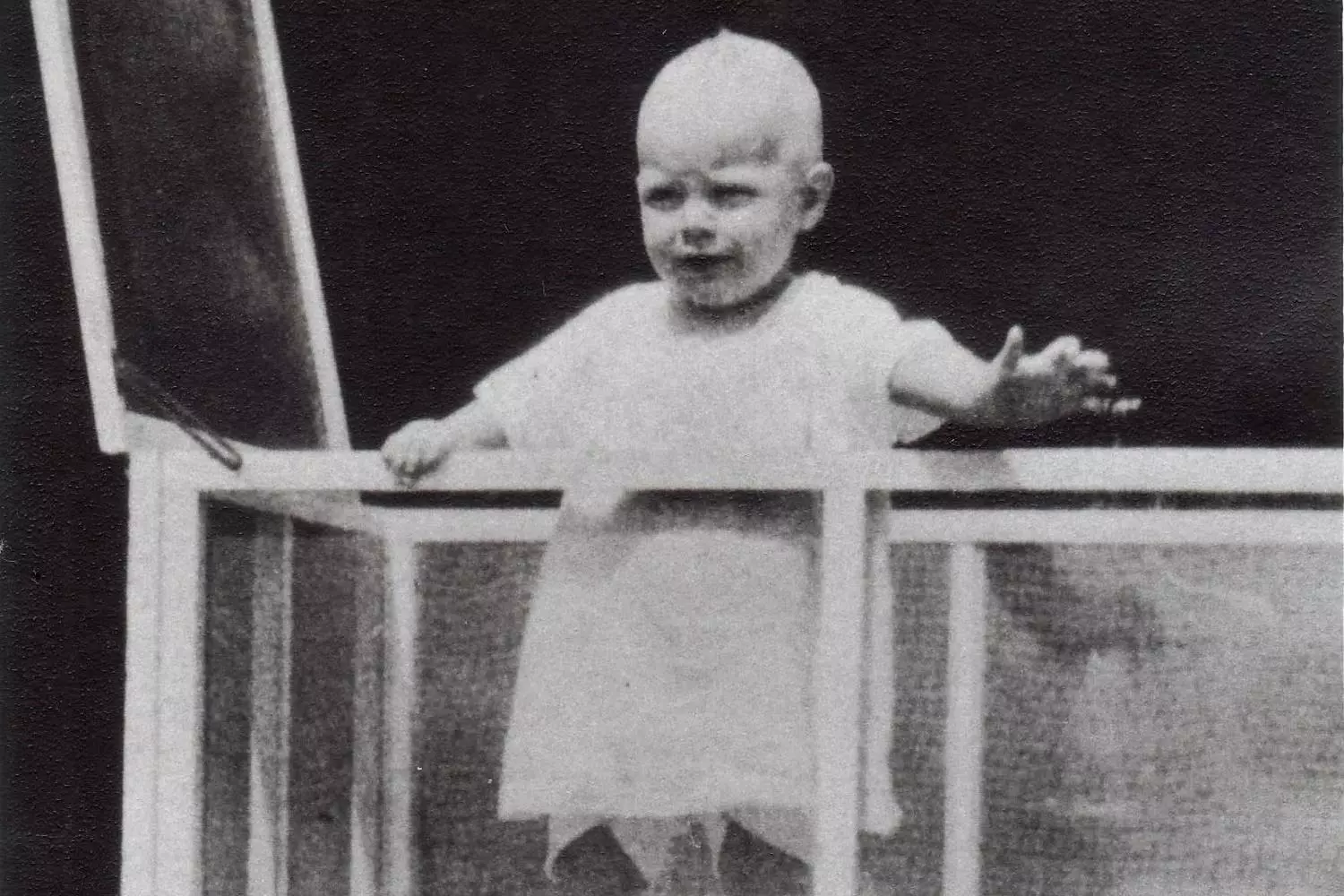
Between Hollywood neon and the sky: how Hughes conquered film and flight
When Howard Hughes arrived in Los Angeles in the late 1920s, he had no intention of blending into the glamorous crowd of the “dream factory.” He was after something else: the opportunity to make a statement, to use cinema as a tool for influence and experimentation. He had the capital, but more importantly — he had vision. Hughes entered the film industry as a producer but operated like an engineer: meticulously, obsessively, with perfectionism. Every frame had to be precise, every scene — revolutionary.
- 01. Hollywood debut and “Scarface”
His first major success came with the crime film “Scarface” (1932). Inspired by Al Capone, Hughes produced a film that became one of the first truly gritty gangster dramas. The film sparked controversy, faced censorship, and was banned in several states — which only fueled public interest. Hughes had a feel for timing and wasn’t afraid to go against the system. He understood that provocation drives popularity. His films were ahead of their time: bold, stylish, daring.
But Hollywood wasn’t Hughes’s destination — it was a stepping stone. His true passion wasn’t the movie set, but the runway. - 02. Hughes Aircraft: a dream that became an aviation giant
In 1932, at the peak of his success in film, he founded the Hughes Aircraft Company — a company destined to change the course of aviation history. It all began with the desire to build the perfect airplane. But for Hughes, this wasn’t business in the traditional sense. It was an obsession, a challenge, a love affair with speed.
Hughes didn’t just own the company — he designed, flew, and tested the aircraft himself. And he didn’t want to merely take part in progress; he wanted to author it. By the mid-1930s, he had already set several records:
- In 1935, he personally piloted the Hughes H-1 Racer, setting a speed record of 567 km/h — a breakthrough.
- In 1938, he completed a round-the-world flight in 91 hours, breaking all records and becoming a national hero. The event was covered by every major U.S. newspaper, and his return was celebrated like that of an astronaut from space.
“He flies as if he had lived in the clouds since childhood,” wrote the New York Times.
- 03. TWA and the dream plane
In the same decade, Hughes acquired a controlling interest in Trans World Airlines (TWA). He aimed to change the public’s perception of commercial aviation: to make flights faster, safer, and more luxurious. To achieve this, he initiated a partnership with Lockheed to create the Lockheed Constellation — a true masterpiece of engineering and design.
This airliner, with its distinctive “double-hump” fuselage, became a symbol of aviation’s golden age. At Hughes’s insistence, cabins were fitted with air conditioning, noise levels were reduced, and passenger comfort improved — he was the first to emphasize not just speed, but the flying experience.
Hughes personally piloted the first Constellation with Lockheed’s Erwin Scott to deliver the plane from Burbank to Washington. It wasn’t just a demonstration flight — it was a statement: the era of comfort in the skies had begun. - 04. “Hell’s Angels”: a multimillion-dollar film, shots on the edge
Let’s return briefly to Hollywood: Hughes hadn’t left for good. In 1930, he released “Hell’s Angels” — one of the most expensive films of its time. He began it as a silent film but, with the advent of sound, reworked the entire project, increasing the budget to a staggering $4 million (over $60 million in today’s money).
For the aerial battle scenes, he built a real squadron, piloted camera planes himself, and even risked his life in a crash during filming. He was barely recognizable after surgery, yet he returned to work. The film became a hymn to his aviation passion — and a vivid demonstration that for the sake of art and technology, he would spare nothing, not even himself.
Hughes in the 1930s embodied the archetype of the American genius: an inventor, a visionary, sleepless and intense, driven not by profit but by the desire to change the world. While his peers earned and spent, he was designing and flying. While Hollywood said “cut,” he said “forward, higher, faster.”
He became the man who linked the wings of cinema and the sky — and gave them both the power to fly together.
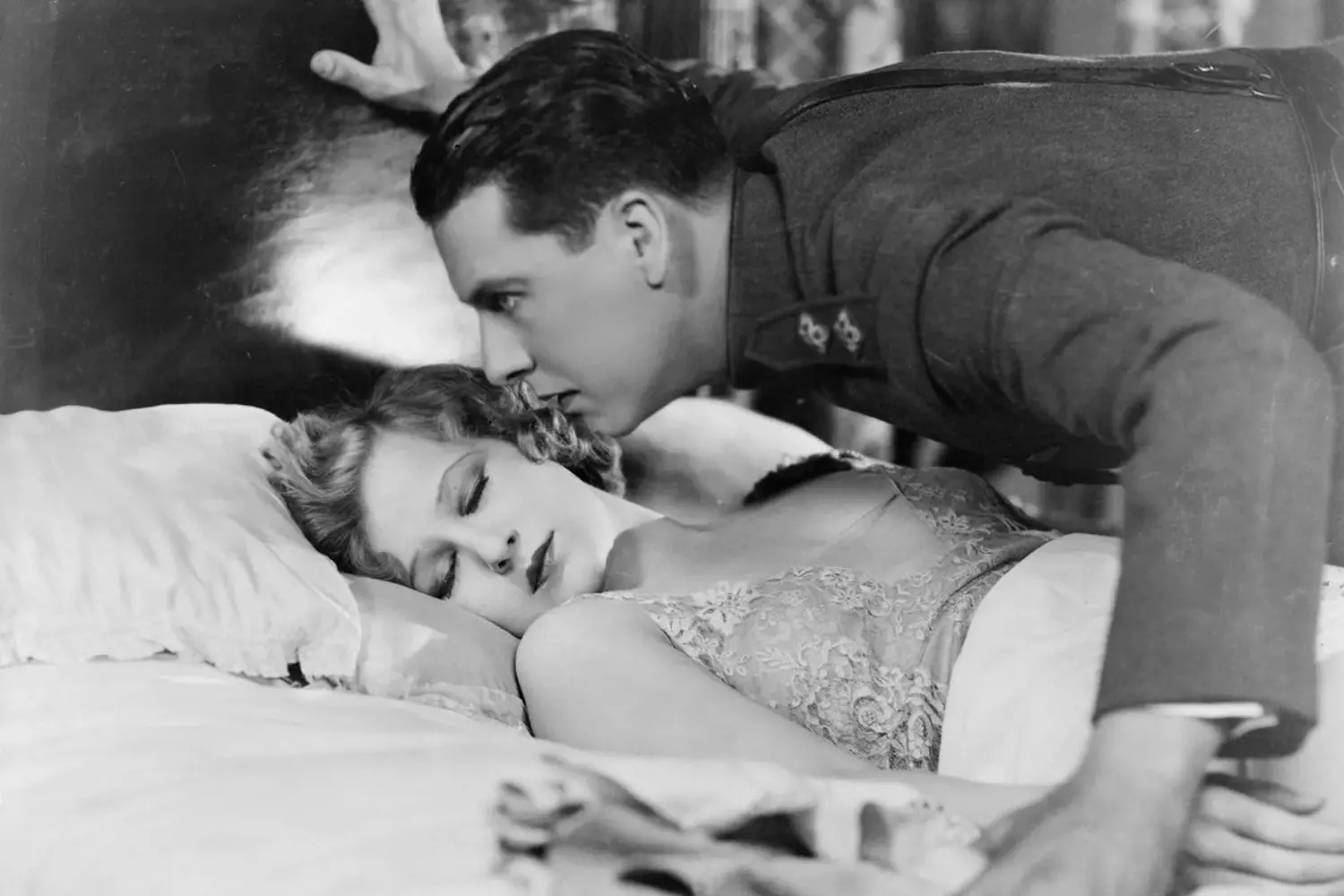
Wings of war and ambition: Hughes against time and the system
By the beginning of World War II, Howard Hughes had already earned a reputation as a genius aviator and a man capable of bringing the boldest ideas to life. But in the 1940s, he faced a challenge of a different scale — a national one. America was preparing for war, and Hughes believed he could contribute by creating technology that would change the outcome of combat.
But the reality of war was no Hollywood film: it was a world of deadlines, bureaucracy, military standards, and ever-changing conditions. Still, he joined the race — against himself, the army, and time.
- 01. XF-11: the plane that almost killed Hughes
One of the projects was the reconnaissance aircraft XF-11, commissioned by the U.S. Army Air Forces. It was a twin-engine heavy plane designed by Hughes Aircraft for high speed and long-range flights. But in practice, it turned out to be too complex to manufacture. Constant changes in military requirements, supply delays, and Hughes’s perfectionism slowed the process.
In 1946, despite his engineers’ protests, Hughes decided to conduct the XF-11’s test flight himself. That became a turning point. During the flight, the propeller system failed, and the aircraft lost control. Hughes fought to land the plane but crashed into a residential area in Beverly Hills. His body was found in the wreckage: multiple fractures, burns, punctured lungs, shattered facial bones.
He barely survived. He spent several months in the hospital, sustained by painkillers that would later lead to addiction. Yet even while lying in a full-body cast, he continued managing his companies, issuing orders from his hospital bed. - 02. HK-1 Hercules: the "Wooden Giant" built against all odds
Another iconic wartime project by Hughes was the Hughes H-4 Hercules, dubbed by journalists as the "Spruce Goose." It was a massive transport aircraft designed to carry soldiers and tanks across the Atlantic, bypassing submarines. But the project had one unusual feature: due to an aluminum shortage during the war, it was built out of wood.
In reality — out of layered birch impregnated with special resins — but the nickname stuck. Critics laughed. The military lost interest. Officials said: "This is just a billionaire’s fantasy, nothing more." The H-4 took years and millions of dollars. And there were no results.
After the war, the project was about to become a symbol of failure. The Senate launched hearings: Hughes was accused of squandering government funds, masking personal ambitions as defense, and being incompetent.
That’s when he gave one of the most famous speeches of his life. - 03. Senate hearings: “I’m not a crook. I’m a builder.”
In 1947, Hughes appeared before the Senate committee. Behind him — the wrecked XF-11, in his body — metal plates, in the air — critics’ scorn. Yet he spoke confidently, clearly, even defiantly:
“If the H-4 never flies, I may consider myself a failure. But if it flies even an inch — then I’ll have proven I was right.”
To back his words, on November 2, 1947, he personally took the controls of the Hercules and lifted it into the air. Just 70 feet high and for one mile, but this 400,000-pound giant — the largest wooden aircraft ever built — flew. The crowd on the shore, gathered to witness the “Spruce Goose,” stood in awe. Journalists wrote: “He flew just far enough to silence all skeptics.” It wasn’t a technical achievement — it was a statement. He didn’t lose. And although the Hercules never flew again, its name became legend. - 04. The war ended, but the battle didn’t
By the late 1940s, Hughes gradually faded from the public eye. He lost the army contract but retained control of his aviation company, continuing to develop cutting-edge technologies, including satellite electronics and guidance systems. His role in post-war aviation was no longer public, but it remained significant: through Hughes Electronics, founded later, he contributed to the development of advanced radar and navigation systems.
Howard Hughes didn’t win the war, but he showed how far a man can go when ambition outweighs fear, and ideas matter more than fame. He built aircraft that even engineers didn’t believe in. He flew machines that could have killed him. He said that every takeoff is a step against gravity, just like business is a step against the inertia of the world. And he was right.
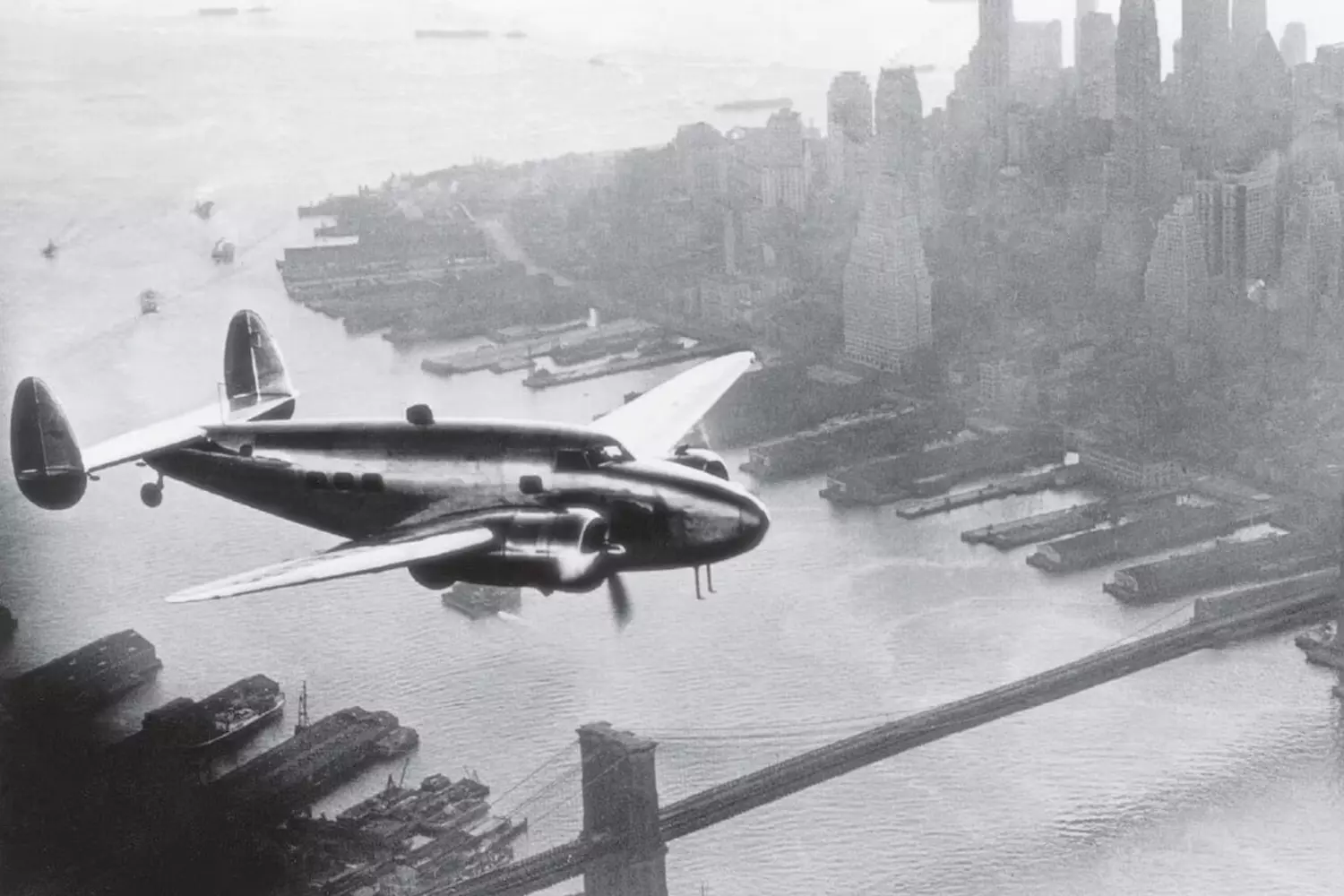
Shadows of a billionaire: How Howard Hughes vanished before the world’s eyes
When Howard Hughes gradually disappeared from the public eye in the 1950s, it wasn’t a peaceful retirement — it was an escape. From the noise, the pressure, the expectations — and from himself. A brilliant adventurer who had conquered Hollywood, aviation, and politics was beginning a new chapter in life — one just as strange as everything he had done before.
He became a myth while still alive. A legend no one ever saw.
Following numerous injuries from plane crashes, combined with a genetic predisposition, Hughes began to suffer severely from symptoms of obsessive-compulsive disorder (OCD). He was tormented by irrational fears: of germs, dirt, human contact. He washed his hands dozens of times a day, changed clothes multiple times, and gave his staff strict instructions — often 10–20 pages long — on how to handle everyday objects.
All of this was worsened by painkillers, to which he had become addicted after the XF-11 crash. Gradually, Hughes transformed from a businessman into a prisoner of his own body and mind.
Fun fact: Hughes once spent four months sitting in a chair in his Los Angeles screening room. He watched films on repeat, ate nothing but chocolate bars and fried chicken, never cut his nails, and didn’t trim his hair.
The city where he disappeared — and controlled everything
In 1966, Hughes moved to Las Vegas — and did so in true Hughes fashion: loudly, but unseen. He rented the entire top floor of the Desert Inn, and when they tried to evict him, he simply bought the hotel.
This marked the beginning of an era where Howard Hughes became the invisible king of Las Vegas. His agents began acquiring hotels and casinos: Sands, Castaways, Landmark, Silver Slipper, and more. He became the largest private landowner in Nevada. All transactions were carried out through trusted intermediaries, and practically no one — not journalists, not politicians, not even business partners — could say for sure they had seen him in person.
The paradox was that he didn’t gamble, didn’t drink, and never appeared in the casinos. He simply bought power. Bought silence. Bought solitude.
Life in isolation: curtains, morphine, and millions
During the Vegas period, his reclusion reached near-theatrical proportions:
- He lived in complete darkness. Windows were covered with heavy curtains, lighting dimmed to a minimum.
- Communication happened via notes or phone calls, mostly through assistants. He could go weeks without seeing even his closest aides.
- His diet included only specific foods, heated to exact temperatures.
- Medical care was provided under a veil of secrecy. He was being treated, but no one knew exactly for what.
- He wore tissue on his hands to avoid touching doorknobs.
He traveled on private jets, often without warning — from Vegas to Nicaragua, from the Bahamas to Cancún. He lived in hotel suites rented out entirely for him, wherever he went.
During this period, Hughes’ personal life also fell apart. His second marriage to actress Jean Peters, concluded in 1957, quickly began to unravel. Peters tolerated his isolation, his fears, his silence — but only for so long. The marriage ended, and after that, Hughes virtually lost contact with women, friends, and business partners. He became a loner in the truest sense of the word.
He was surrounded by "angels" — his term for personal assistants who were thoroughly vetted by security services. These people brought him food, medicine, clothing, and ensured no one came too close.
He trusted no one. Not the government, not doctors, not even his own body.
Death without witnesses
By the 1970s, Hughes’ health deteriorated drastically. He was emaciated, suffering from severe pain, and barely ate. His skin was covered in sores, his hair hadn’t been washed in years, and he weighed less than 100 pounds. Yet he refused hospitalization.
On April 5, 1976, he died aboard a plane en route from Acapulco to Houston. The cause was kidney failure, worsened by chronic malnutrition and drug dependency. He died as he had lived in his final years: in the air, in isolation, surrounded only by guards and doctors who barely knew who they were to him.
The irony — his body had to be identified by fingerprints. He was unrecognizable. The billionaire who had once been feared, worshipped, and chased by paparazzi, slipped away quietly, almost unnoticed.
After Hughes’ death, a full-scale hunt began for his estate. He left no official will. Dozens of fake documents and impostors emerged — even a monk claiming to be his friend. In the end, more than 400 claimants — relatives, partners, companies — contested the Hughes estate. The process lasted two decades.
His corporations — Hughes Aircraft, Hughes Helicopters, Hughes Electronics — continued to operate as part of the U.S. defense industry. Some were later absorbed by Raytheon and General Motors.
Howard Hughes was a paradoxical figure. He could have been the most popular man alive, but became the most hidden. He could have shone in the spotlight, but chose darkness. His life is a tale of how dreams can lead to fame — and genius to loneliness. He didn’t just disappear — he became a legend that slipped away even after death.
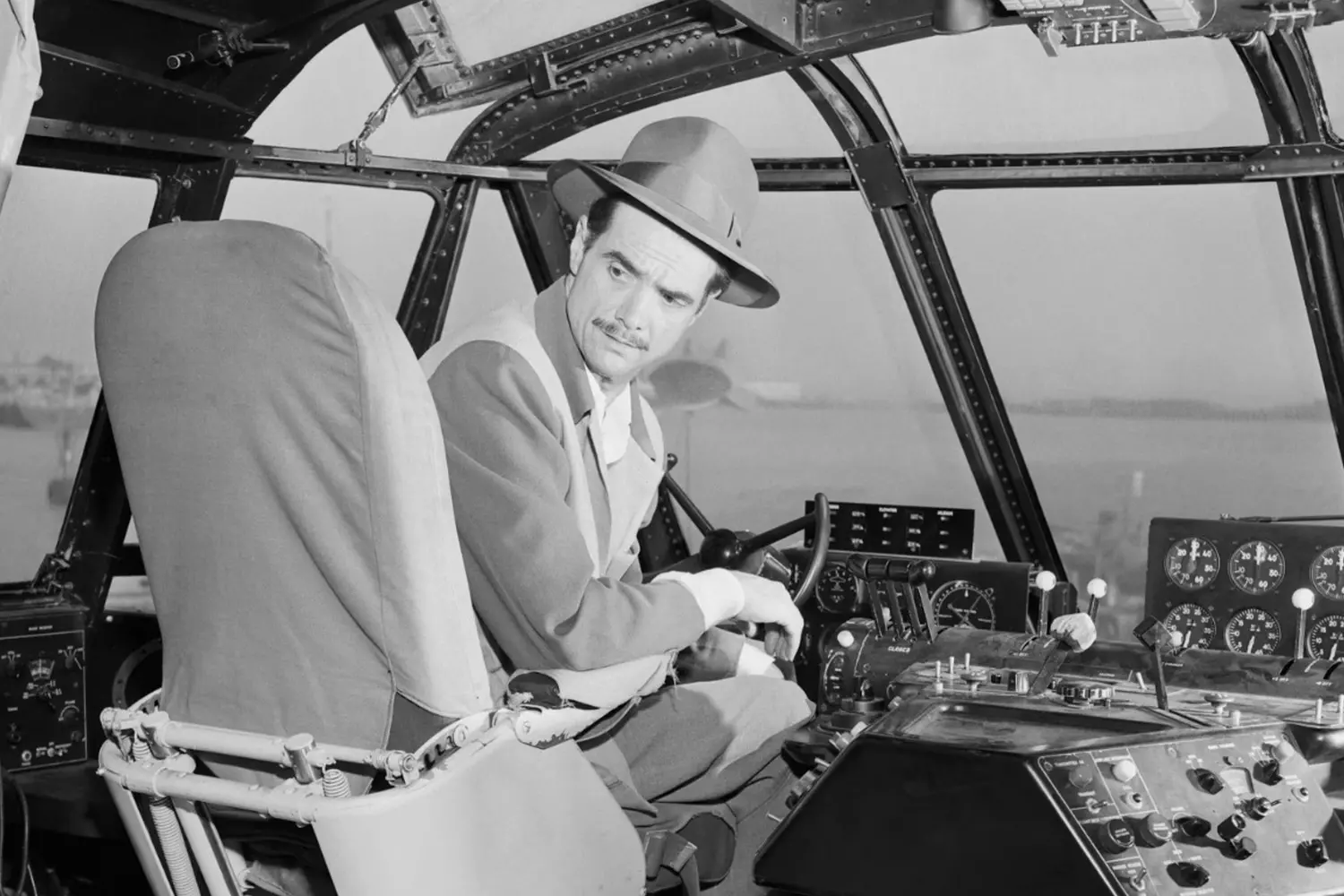
A genius obsessed with freedom: who Howard Hughes really was
Understanding Howard Hughes is an almost impossible task. He was a man of extremes. Within one person lived a talented engineer, a brilliant organizer, a paranoid, a romantic, a ruthless businessman, and a recluse. Social norms meant little to him — he set his own standards and then broke them himself.
Despite lacking formal education, Hughes possessed phenomenal technical abilities. He personally designed aircraft components, understood aerodynamics, was well-versed in cinematographic technology, wrote patents, and imposed highly precise requirements on engineers.
His favorite phrase: "First, I want to understand why it doesn’t work. Only then — how to fix it."
He could spend weeks in a design room, working on blueprints late into the night. Often, he proposed solutions that entire teams had failed to find — seemingly by intuition alone.
- 01. Politics: Anti-Communism and Government Control
Howard Hughes never aspired to be a politician, yet his influence was palpable. He was a staunch anti-communist who financed politicians opposed to the USSR and socialist tendencies in the U.S.
In the 1950s and 60s, he maintained close ties with members of the Republican Party, including Richard Nixon. His company, Hughes Aircraft, was involved in projects for the CIA and the Pentagon, including satellite technology and intelligence systems.
Notably, he distrusted both the left and the right. In his eyes, the government was always a threat to personal freedom. His ideal was a self-reliant individual acting at their own risk. - 02. Business Acumen: Aggression, Control, and Unpredictability
Hughes was not a gentle or diplomatic leader. He was a man of absolute control. His employees lived under constant pressure: he could be generous one day and fire an entire department the next. He didn’t tolerate "no" for an answer and demanded results at any cost. Some well-known traits of his management style included:
- Personally reviewing every major deal — down to the fine print in contracts.
- Forbidding subordinates from questioning or discussing his decisions.
- Preferring to work at night and often calling employees at 3–4 AM.
- Canceling multimillion-dollar projects at the last minute due to a "gut feeling of risk."
Despite all this, many who worked with him admitted: he could see further. He sensed trends before the market even knew they existed, and went where no one else dared to venture first.
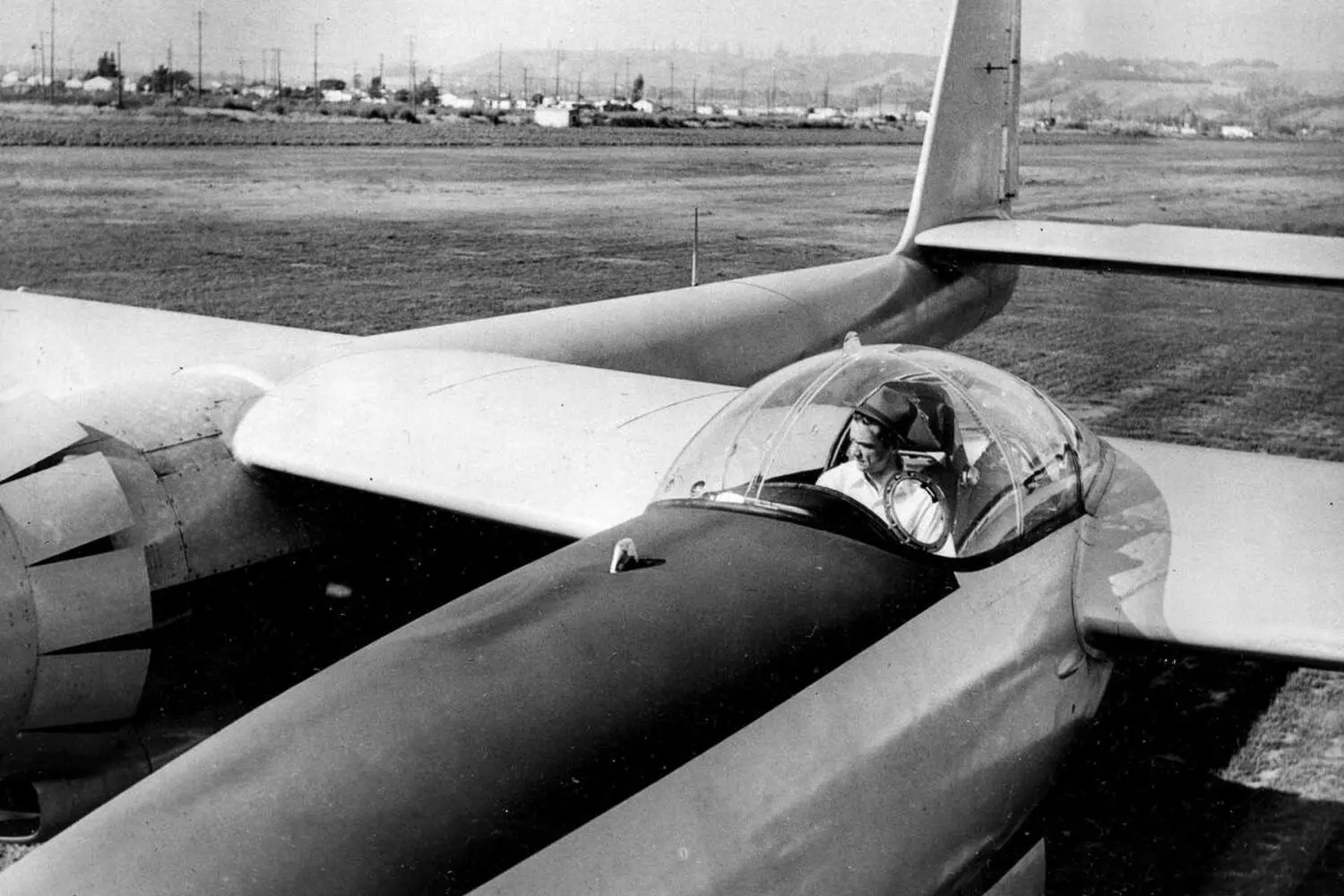
Personal life: stars, passion, and alienation
Hughes was known for his romances with Hollywood icons such as Katharine Hepburn, Ava Gardner, and Gene Tierney. His relationships with actresses were often passionate—and at times, downright toxic. He could book an entire hotel floor just for a date, then suddenly vanish for months.
Later in life, he began to avoid even women, fearing germs and physical contact. Love in his life gave way to an obsession with order and control.
Hughes possessed incredible willpower and, at the same time, a fragile psyche. He was both a hero and a victim of his own mind. People believed in him, admired him—but few could endure being around him for long. He avoided society, yet craved recognition. He built massive companies, yet trusted no partner. He could donate millions to charity and at the same time refuse to raise an employee’s salary out of principle.
This is precisely what made him a legend. He was a man of contradictions—but it was within those contradictions that his genius was born.
The Best Festivals in America: Where and When to Go
Howard Hughes in popular culture: from The Aviator to comics
Howard Hughes is not just a historical figure, but a true cultural phenomenon. His life, filled with brilliant highs and tragic lows, has inspired directors, writers, and even superhero creators.
- 01. “The Aviator” (2004) — A Legend Frozen on Film
Martin Scorsese’s film starring Leonardo DiCaprio as Hughes is the most famous cinematic portrait of the billionaire. The movie covers his golden era: Hollywood triumphs, aviation records, and the early signs of his obsession with cleanliness.
- Interesting fact: DiCaprio immersed himself in the role so deeply that he struggled with Hughes’ nervous tics for a month after filming.
- Iconic scene: The moment when Hughes, slipping into madness, repeats the phrase “The way of the future” in front of a mirror.
- 02. Literature: From Thrillers to Comics
- “Hoax” (Clifford Irving) — The infamous story about fake Hughes memoirs that almost became the biggest literary scandal of the 20th century.
- “The Aviator” (Michael Drobot) — A deep biographical novel portraying Hughes not as a madman, but as a victim of his own genius.
- DC Comics: In Batman comics, there are references to Hughes embodied in the eccentric inventor Lucius Fox.
- 03. Music and Games — Unexpected Echoes
- Pink Floyd: Their track “Learning to Fly” contains hints at Hughes’ aviation passions.
- Fallout: The iconic game features a reclusive character, Robert House, clearly inspired by Hughes’ later years.
His life is a ready-made script: genius, money, power, madness. He embodies both the American Dream and its darker side. Modern creators continue to uncover new facets of him — from visionary to cautionary symbol.
P.S. If Hughes had lived to the age of social media, his account would have exploded online: imagine tweets like “Bought an airline. Because I can” or “Didn’t leave the room again today. But figured out how to improve the seaplane”…
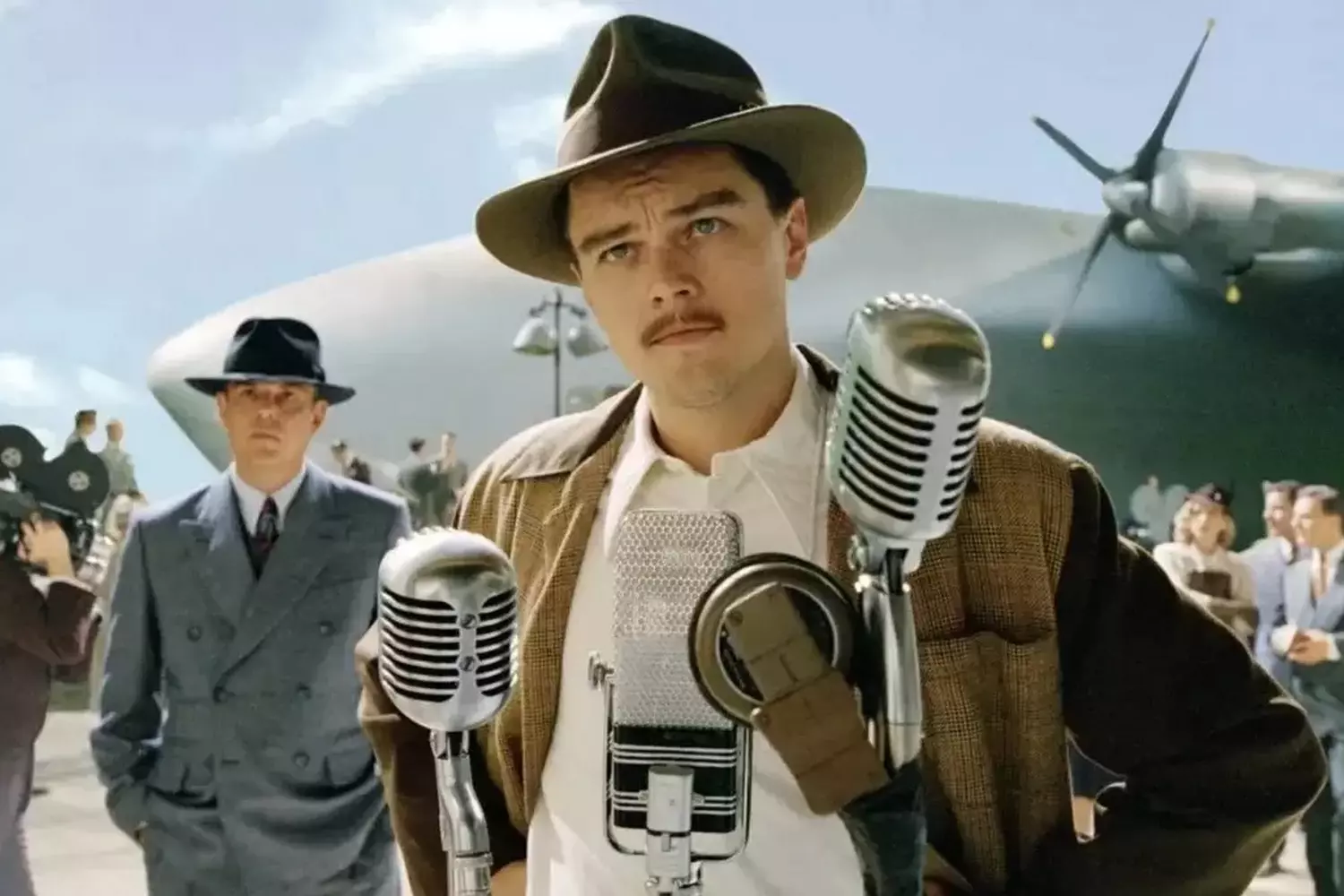
Several unique and little-known facts about Howard Hughes
Howard Hughes was one of the most enigmatic billionaires of the 20th century, combining brilliance, eccentricity, and tragic loneliness. His life was full of incredible events rarely spoken about.
- 01. Deception for Aviation
Dreaming of becoming a pilot, Hughes secretly worked as a baggage handler at American Airlines to study the instruments in the cockpit. Later, he forged documents and completed training but was discovered and fired. - 02. The Film That Cost Three Lives
During the filming of "Hell's Angels" (1930), Hughes personally performed deadly stunts, and three pilots died in accidents. When sound films emerged, he reshot half the movie with a new actress, spending 4 million dollars. - 03. The "Spruce Goose" — The Giant That Flew Only Once
His plane, the H-4 Hercules, the largest wooden flying boat in the world, took off only once in 1947. Hughes personally piloted it to prove to skeptics that the project was not a failure. - 04. Marriage as Protection from the Psychiatric Hospital
In 1957, Hughes secretly married actress Jean Peters, fearing he would be declared insane and sent to a clinic. The marriage was a sham: they barely saw each other and communicated through notes. - 05. He Inspired Tony Stark
The creators of Marvel used Hughes as the prototype for Iron Man: a brilliant inventor, playboy, and eccentric with a dark side. - 06. Judge and Golf Game for Inheritance
At 18, Hughes won a court case for his father’s company by playing golf with the judge before the hearings. Impressed, the judge allowed him to manage the business despite his young age. - 07. Control Over Hollywood Lovers
Hughes signed contracts with actresses specifying what they could eat, wear, and whom they could associate with. For example, Jane Russell had to wear a special bra he personally designed. - 08. He Slept in a "Sterile Capsule"
In his later years, Hughes slept only in a specially constructed isolated bed with air filters. Before bedtime, servants treated the bed with a quartz lamp, and the sheets were ironed 12 times. - 09. Hollywood "Ghost"
In the 1950s, he lived for years in a dark room at the Beverly Hills Hotel, but the staff didn’t even know. Hughes sneaked in through service entrances, and his food was handed to him via security so no one would see. - 10. Milkshakes with Amphetamines
After a 1946 plane crash, he spent months on a cocktail of morphine, codeine, and valium. But the strangest part — he added crushed amphetamines to milkshakes to "balance" the effect. - 11. Ban on the Word "Microbe"
In his presence, it was forbidden to say words like "bacteria," "viruses," or "germs." Once, he fired an assistant who sneezed in the next room — Hughes claimed he "heard microbes" through the wall. - 12. Battle for the "Blue Bird"
In the 1930s, he bought all tickets to the premiere of his film "Hell's Angels" at one theater — just so no one could see it. Later, he burned several copies, considering them "not perfect enough." - 13. Nails in Cake Boxes
During an exacerbation of obsessive-compulsive disorder, he collected... his own fingernails. He kept them in sterile pastry boxes, marking the date of "collection." - 14. The Most Expensive Pencil in the World
He ordered special pencils costing $5,000 each. They were longer than usual, with a special lead — Hughes believed this made his thoughts "flow better." - 15. 154 Identical Suits
His wardrobe included 154 identical brown suits — he believed this "protected him from making wrong decisions." When one wore out, servants quietly replaced it with an identical one.
This is not mere eccentricity — it is the story of a man who could buy the whole world but could not buy peace of mind. Every strange act was a cry for help that no one heard.
P.S. The creepiest fact? In the 1970s, he paid doctors $1 million a year — not for treatment, but to confirm he was "completely healthy." And they agreed...
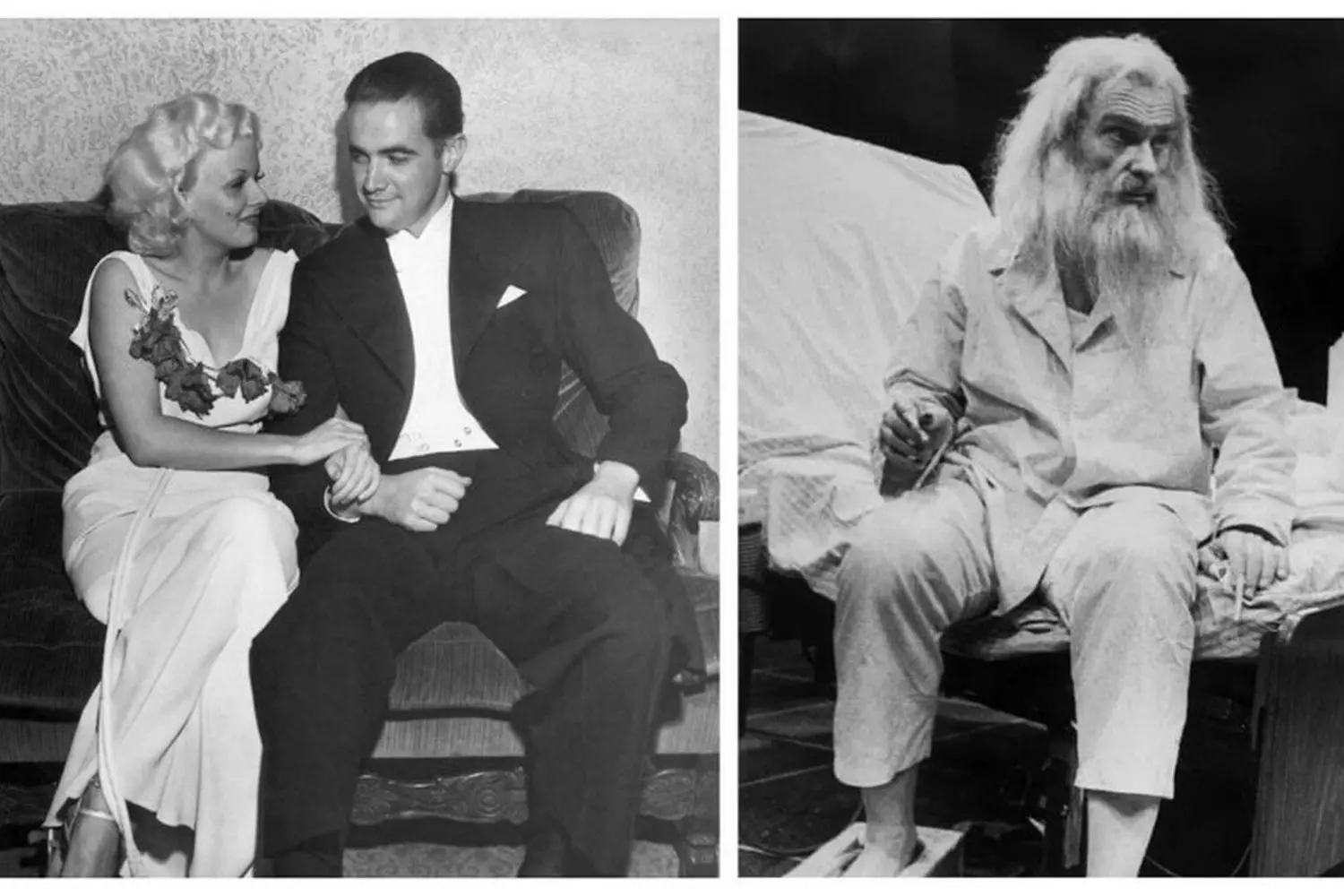
Try experiencing Howard Hughes’ America with American Butler
Howard Hughes’s life was like the American Dream told in a tragic tone. He was too fast for his time, too smart for the system, and too free to fit into any mold. He built airplanes before jet engines existed, made movies when Hollywood was just learning to speak, and built a business empire as corporate capitalism was still being born.
At the same time, Hughes became a symbol of paradox: a man who had everything, yet chose isolation. Money, fame, power — turned out to be no panacea, but a burden.
His fate is a reminder that success is measured not only in billions, but also in quality of life, freedom of choice, and peace of mind. He will forever remain in history as one of the most mysterious, complex, and brilliant figures of the 20th century.
Want to feel the atmosphere of a true era, following in the footsteps of great people? To stroll the streets of Las Vegas, peek inside the legendary hotels where Hughes once hid? Or maybe embark on a tour of aviation museums where his flying giants are still preserved?
American Butler arranges personalized routes across the USA — with history, meaning, and comfort, at a level worthy of the most discerning travelers. We don’t just show America — we show your America.


























